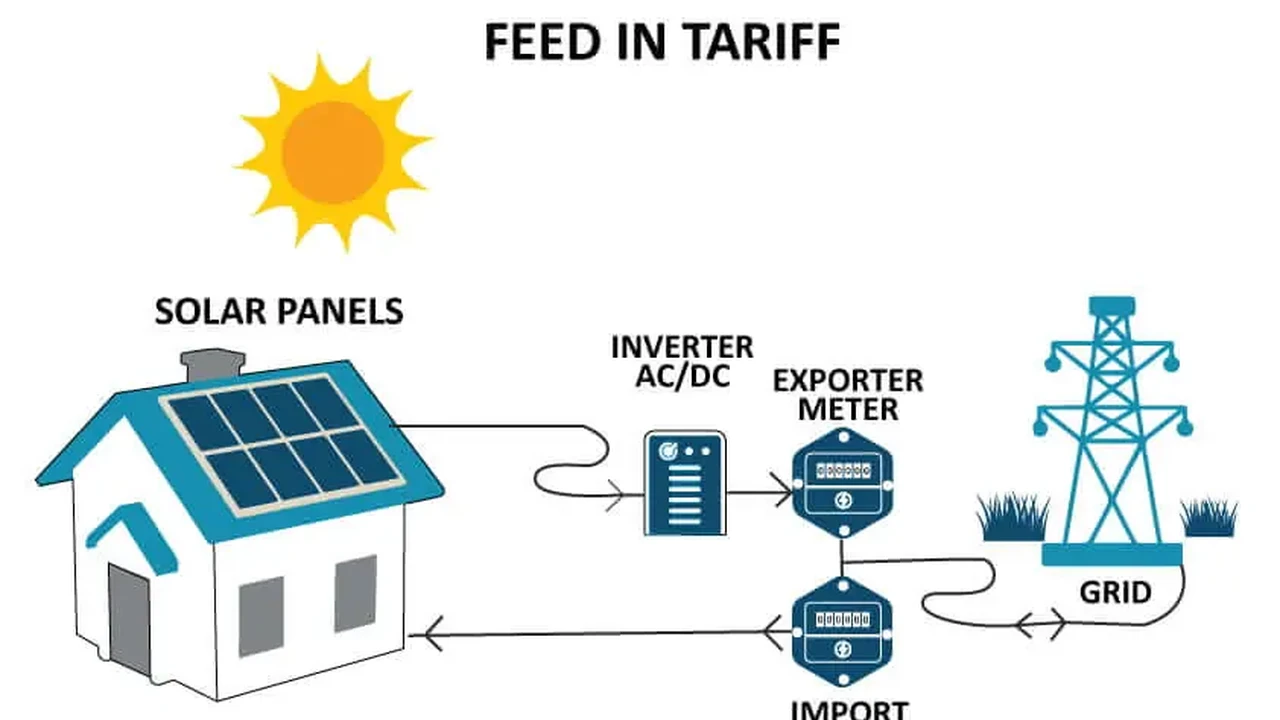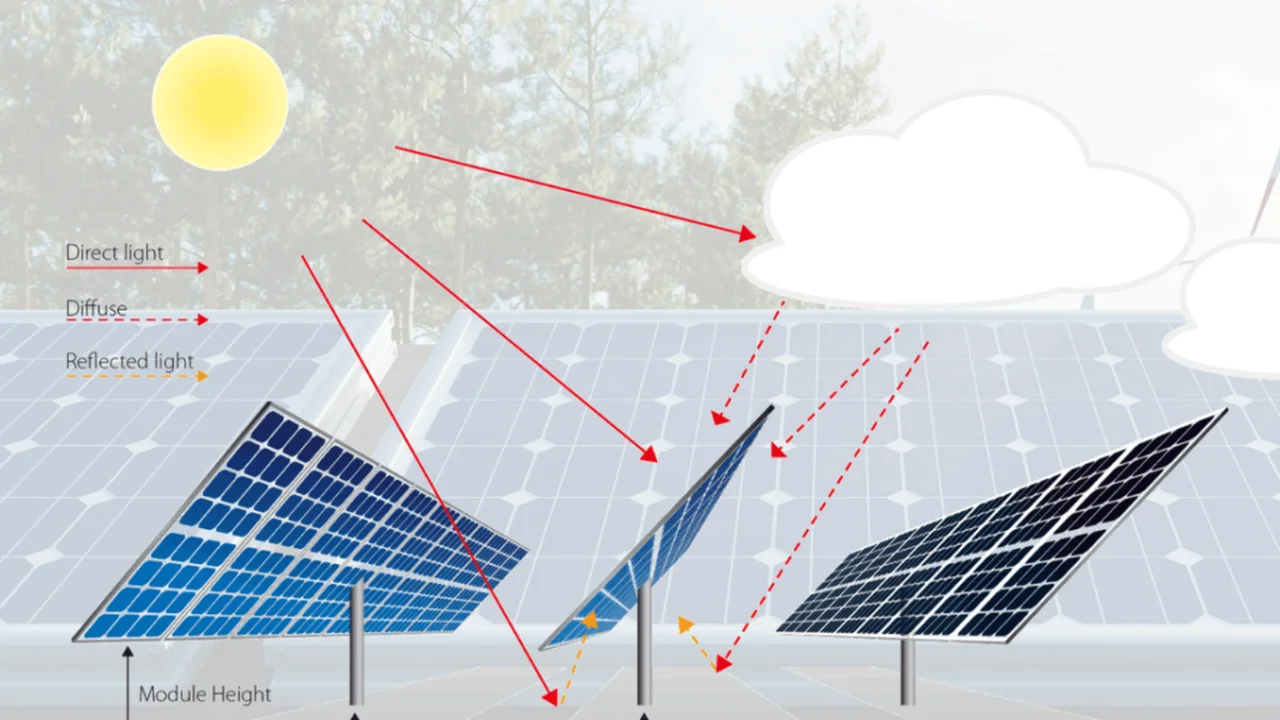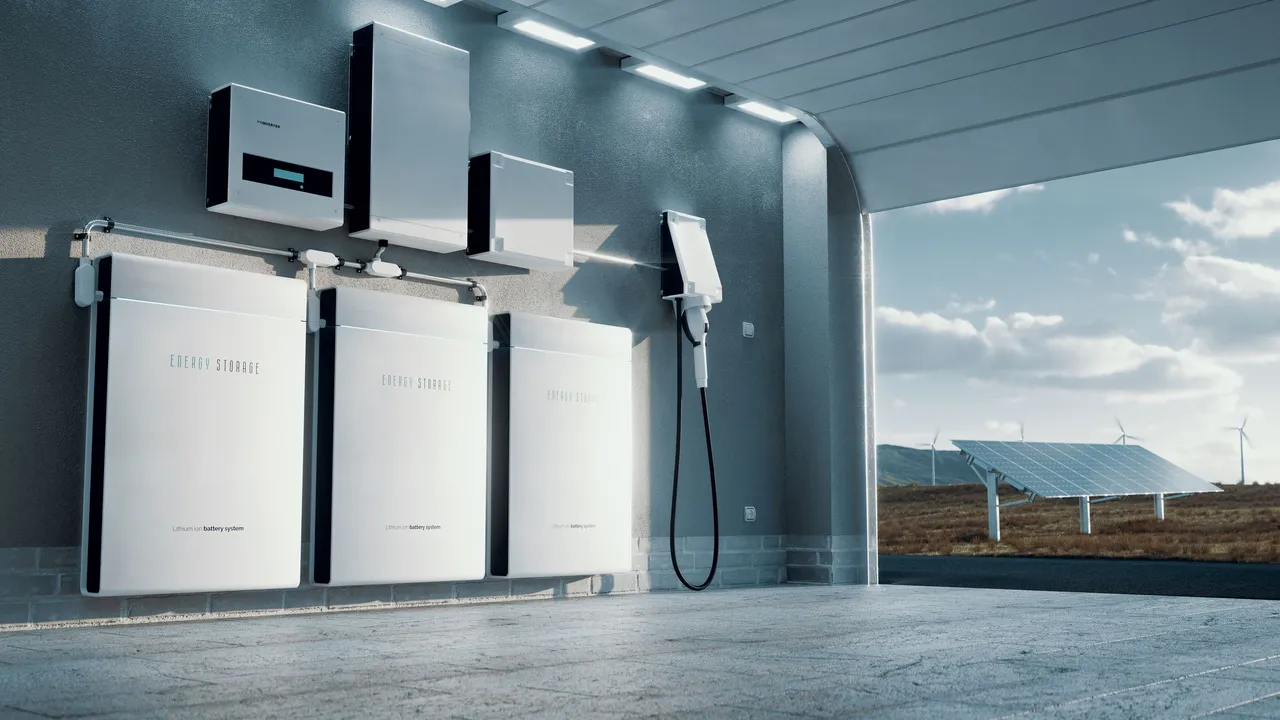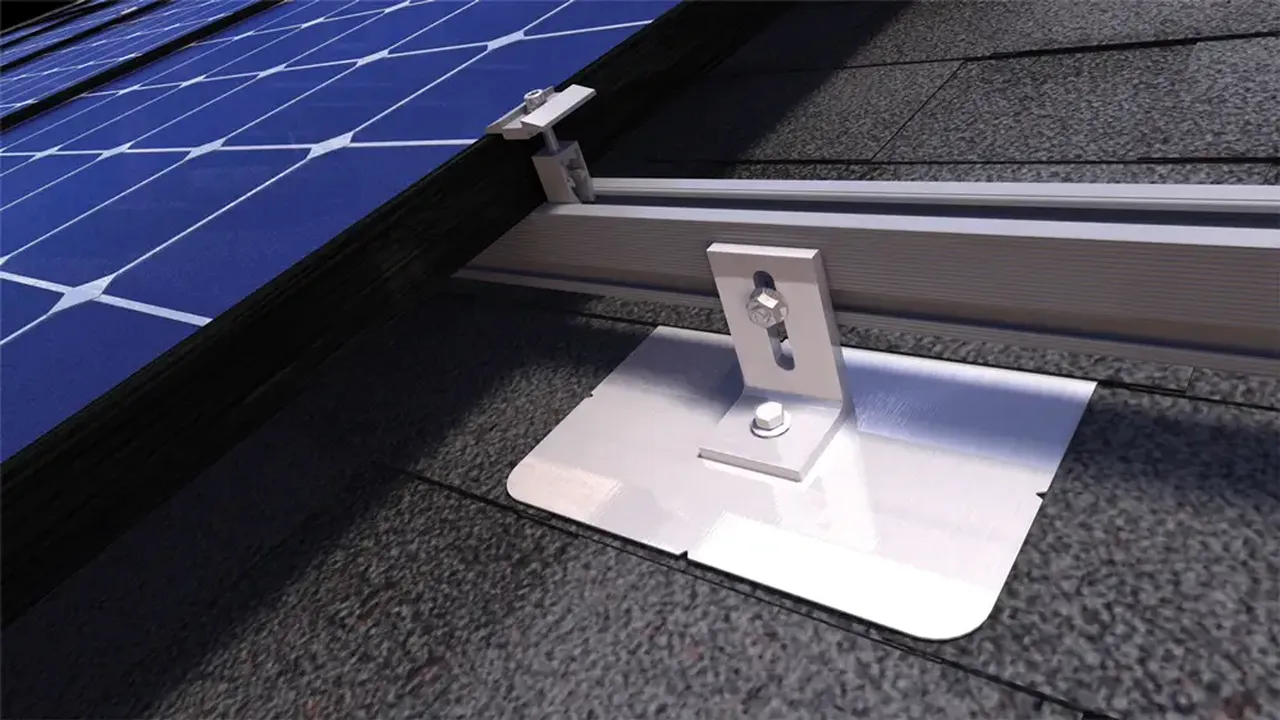How to Clean Solar Panels: A Step-by-Step Guide
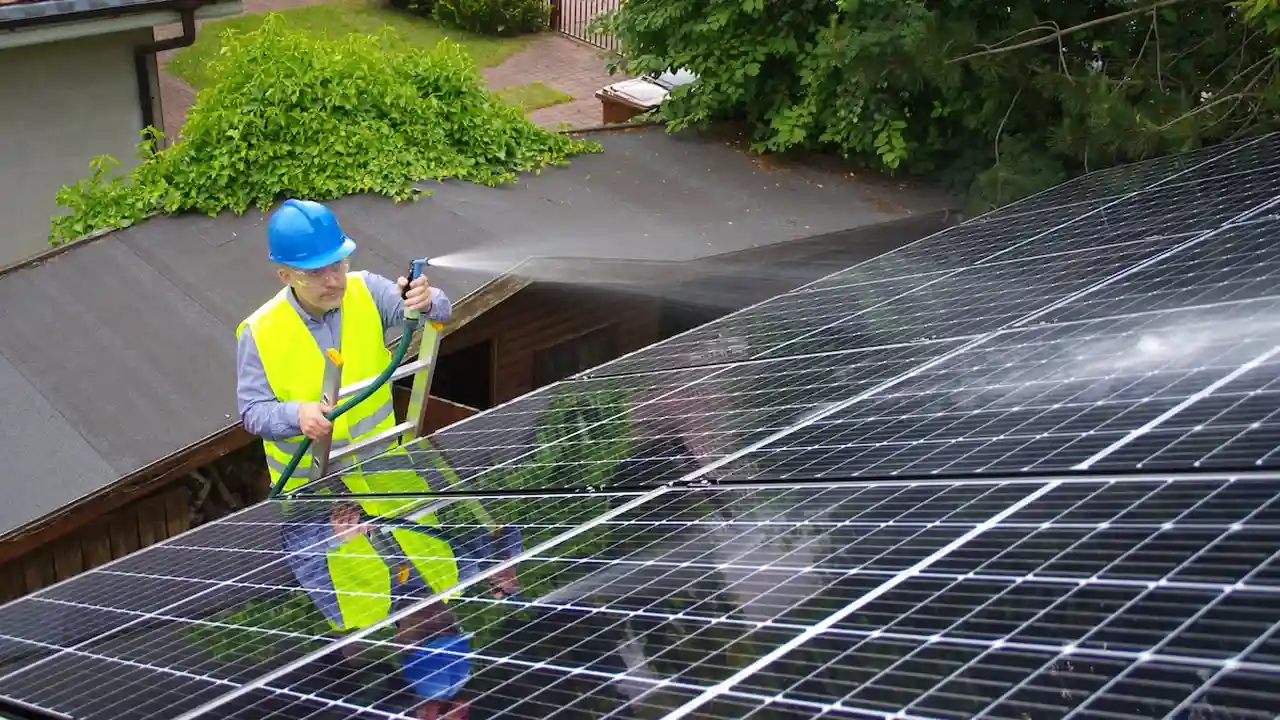
Why Clean Solar Panels Understanding Soiling and Its Impact
Hey there, solar enthusiasts! Ever wondered why your energy production dips a bit, even on the sunniest days? The culprit might be hiding in plain sight: dirt. Yes, even though solar panels are exposed to the elements, they need a little TLC to perform at their best. Soiling, which is the accumulation of dust, pollen, bird droppings, and other environmental debris, can significantly reduce the amount of sunlight reaching the solar cells. This reduction directly translates to lower energy output. Think of it like wearing sunglasses – you still see, but not as clearly. Studies show that soiling can reduce energy production by as much as 25% or even more in particularly dusty or polluted areas. That's a serious chunk of change you're potentially losing out on! Regularly cleaning your solar panels ensures they're operating at peak efficiency, maximizing your energy savings and the return on your investment.
Assessing Your Solar Panel Cleaning Needs Factors to Consider
Before you grab the bucket and sponge, let's figure out if your panels actually need a scrub. Not all solar panels require frequent cleaning. Several factors influence how often you should clean your panels:
- Location: Rural areas with lots of pollen or dusty climates require more frequent cleaning than urban areas with regular rainfall. Coastal areas may also experience salt buildup.
- Tilt Angle: Steeper angles allow rainwater to naturally wash away debris more effectively. Panels with a shallower angle tend to accumulate dirt more easily.
- Rainfall: Areas with regular rainfall might require less manual cleaning as the rain helps to wash away some of the grime. However, be aware that rainwater alone might not remove all types of soiling.
- Proximity to Pollution Sources: If you live near a factory, busy road, or construction site, your panels will likely accumulate dirt and grime faster.
A good rule of thumb is to visually inspect your panels every few months. If you notice a significant buildup of dirt or debris, it's probably time for a cleaning. You can also monitor your energy production. A noticeable dip in output, even on sunny days, could indicate that your panels are dirty.
Gathering Your Supplies The Right Tools for the Job
Alright, let's get down to brass tacks. Cleaning your solar panels doesn't require a ton of fancy equipment, but having the right tools will make the job easier and safer. Here's what you'll need:
- Soft-Bristled Brush: A brush with soft, non-abrasive bristles is essential for removing dirt and grime without scratching the panel surface. Look for a brush specifically designed for solar panel cleaning, or a car washing brush will also work.
- Telescoping Pole: This allows you to reach all areas of the panels safely from the ground, especially if they're mounted on a roof. Make sure the pole is sturdy and lightweight.
- Hose with Adjustable Nozzle: A regular garden hose with an adjustable nozzle is perfect for rinsing the panels. Choose a nozzle setting that provides a gentle spray, not a high-pressure blast.
- Squeegee (Optional): A squeegee can help remove excess water and prevent water spots, especially in hard water areas. Make sure the squeegee blade is clean and in good condition.
- Clean Water: Use clean, deionized or filtered water if possible. Tap water can contain minerals that can leave spots on the panels.
- Solar Panel Cleaning Solution (Optional): If you're dealing with stubborn dirt or grime, you can use a specialized solar panel cleaning solution. Make sure the solution is non-toxic, biodegradable, and specifically designed for solar panels. Avoid using harsh chemicals, detergents, or abrasive cleaners.
- Safety Gear: Depending on the location of your panels, you might need safety glasses, gloves, and a harness. If you're working on a roof, prioritize safety above all else.
Step-by-Step Guide to Cleaning Your Solar Panels
Now that you have your supplies, let's get those panels sparkling! Here's a step-by-step guide to cleaning your solar panels:
- Safety First: Before you begin, make sure to turn off your solar panel system. This will prevent any electrical hazards. Also, check the weather forecast. Avoid cleaning your panels on a hot, sunny day, as the water can evaporate too quickly and leave spots.
- Rinse the Panels: Use your hose with the gentle spray nozzle to thoroughly rinse the panels, removing loose dirt and debris. Start at the top and work your way down.
- Apply Cleaning Solution (Optional): If you're using a cleaning solution, follow the manufacturer's instructions. Typically, you'll dilute the solution with water and apply it to the panels using a soft-bristled brush.
- Scrub Gently: Using the soft-bristled brush, gently scrub the panels in a circular motion. Avoid applying too much pressure, as this could scratch the surface.
- Rinse Again: Thoroughly rinse the panels with clean water to remove all traces of the cleaning solution and dirt.
- Squeegee (Optional): Use a squeegee to remove excess water and prevent water spots.
- Dry (Optional): Allow the panels to air dry completely.
- Turn System Back On: Once the panels are dry, turn your solar panel system back on.
Best Solar Panel Cleaning Products Recommended Solutions and Their Uses
Choosing the right cleaning product can make a big difference. Here are a few recommendations:
Product Recommendation 1: Unger Solar Cleaning Kit
Description: The Unger Solar Cleaning Kit is a popular choice, known for its quality and ease of use. It typically includes a telescoping pole, a soft-bristled brush, and a specialized solar panel cleaning solution.
Usage Scenario: Ideal for residential and small-scale commercial solar panel systems. The telescoping pole allows you to reach panels on roofs without needing a ladder.
Comparison: Compared to other kits, the Unger kit is known for its durable construction and effective cleaning solution. It may be slightly more expensive, but the quality justifies the price.
Price: $150 - $250
Product Recommendation 2: Simple Green Oxy Solve Total Outdoor Cleaner
Description: While not specifically designed for solar panels, Simple Green Oxy Solve is a safe and effective alternative for removing dirt and grime. It's biodegradable and non-toxic.
Usage Scenario: Suitable for those looking for a budget-friendly option or a readily available cleaner. It's best for panels that are not heavily soiled.
Comparison: Simple Green is less specialized than dedicated solar panel cleaners, but it's a good choice for general cleaning. Make sure to dilute it properly to avoid residue.
Price: $10 - $20 per gallon
Product Recommendation 3: Dawn Dish Soap (Used Sparingly)
Description: Believe it or not, plain Dawn dish soap can be used to clean solar panels. However, it's crucial to use it sparingly and rinse thoroughly.
Usage Scenario: This is a last-resort option for those who don't have access to specialized cleaners. Only use a tiny amount in a bucket of water.
Comparison: Dawn is a strong degreaser, so it can effectively remove stubborn grime. However, it can also leave a residue if not rinsed thoroughly. Use with caution.
Price: $2 - $5 per bottle
Comparing Different Cleaning Methods Pros and Cons
There are several ways to clean solar panels. Here's a quick comparison:
Manual Cleaning:
Pros: Most effective for removing stubborn dirt, relatively inexpensive, allows for close inspection of the panels.
Cons: Can be time-consuming, requires physical effort, potential safety risks if working on a roof.
Automatic Cleaning Systems:
Pros: Convenient, reduces manual labor, can be programmed to clean regularly.
Cons: High initial cost, requires installation, may not be suitable for all panel configurations.
Professional Cleaning Services:
Pros: Safe, efficient, ensures proper cleaning without damaging the panels.
Cons: Most expensive option, requires scheduling.
Safety Precautions Essential Tips for Safe Solar Panel Cleaning
Safety should always be your top priority when cleaning solar panels. Here are some essential tips:
- Turn off the System: Always disconnect the solar panel system before cleaning to avoid electrical hazards.
- Avoid Hot Weather: Do not clean panels on a hot, sunny day, as the water can evaporate quickly and leave spots.
- Use Proper Equipment: Use a sturdy ladder or telescoping pole to reach the panels safely.
- Wear Safety Gear: Wear safety glasses, gloves, and a harness if necessary.
- Be Aware of Your Surroundings: Watch out for power lines, trees, and other obstacles.
- Don't Use Abrasive Cleaners: Avoid using harsh chemicals, detergents, or abrasive cleaners that can damage the panels.
- If in Doubt, Hire a Professional: If you're not comfortable cleaning the panels yourself, hire a professional cleaning service.
Maintaining Your Solar Panels Regular Inspections and Long-Term Care
Cleaning is just one aspect of maintaining your solar panels. Regular inspections and long-term care are also essential for ensuring optimal performance and longevity. Here are some tips:
- Inspect Regularly: Visually inspect your panels every few months for any signs of damage, such as cracks, chips, or discoloration.
- Monitor Performance: Keep track of your energy production and compare it to previous periods. A significant dip in output could indicate a problem.
- Trim Overhanging Branches: Trim any overhanging branches that could cast shadows on the panels.
- Check Wiring and Connections: Periodically check the wiring and connections for any signs of corrosion or damage.
- Consider Professional Maintenance: Consider hiring a professional solar panel maintenance service to perform a comprehensive inspection and cleaning on a regular basis.
Troubleshooting Common Issues What to Do if Something Goes Wrong
Even with proper care, you might encounter some issues with your solar panels. Here's a quick guide to troubleshooting common problems:
- Reduced Energy Production: This could be due to soiling, shading, or a malfunctioning component. Clean the panels, trim any overhanging branches, and check the system for any errors.
- Hot Spots: Hot spots are areas on the panel that are significantly hotter than the surrounding area. This could indicate a problem with a solar cell or module. Contact a professional for repair.
- Cracked or Broken Panels: Replace any cracked or broken panels immediately to prevent further damage.
- Wiring Issues: If you notice any frayed or damaged wiring, contact a qualified electrician for repair.
- Inverter Problems: If your inverter is not working properly, consult the manufacturer's documentation or contact a professional for assistance.
:max_bytes(150000):strip_icc()/277019-baked-pork-chops-with-cream-of-mushroom-soup-DDMFS-beauty-4x3-BG-7505-5762b731cf30447d9cbbbbbf387beafa.jpg)



